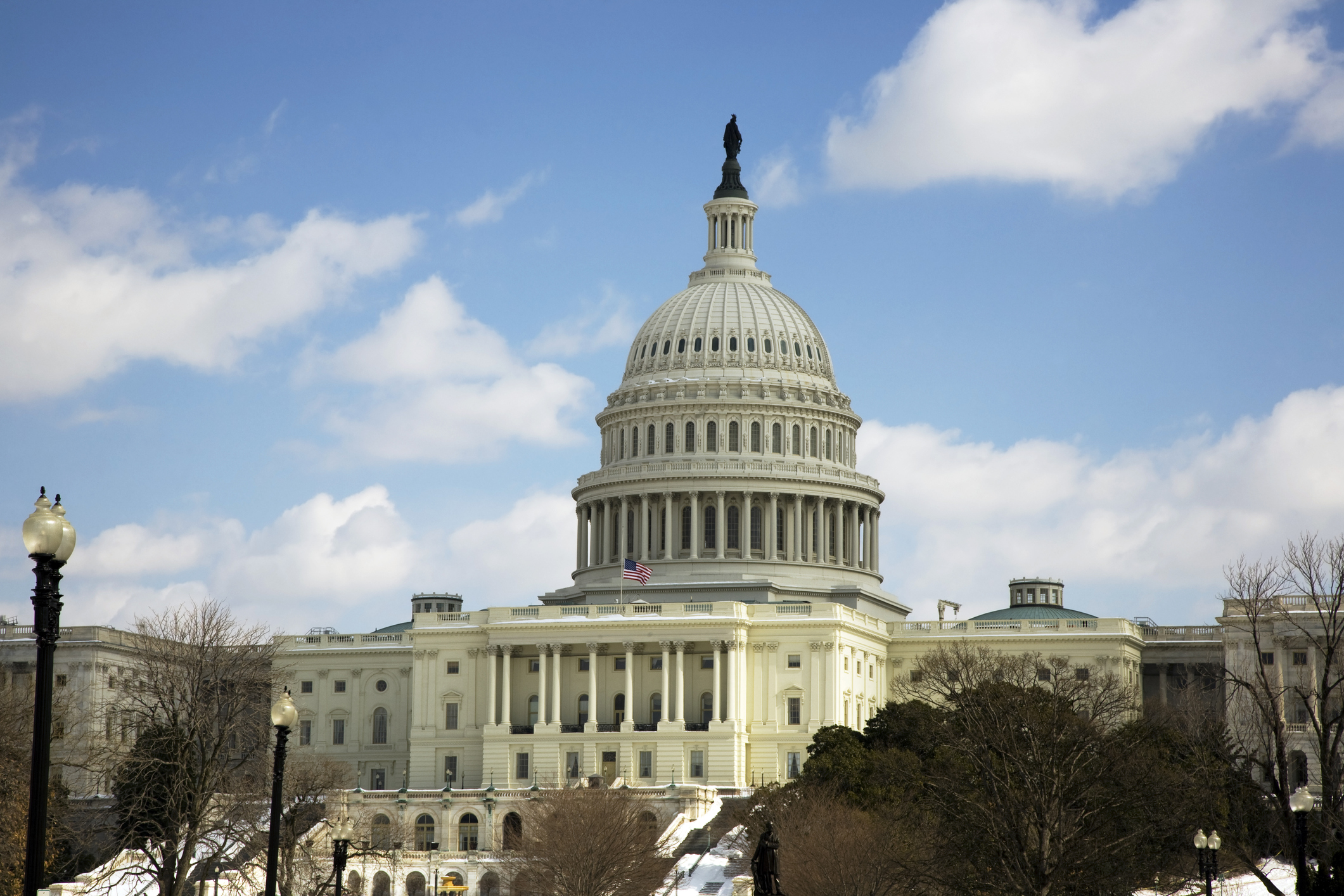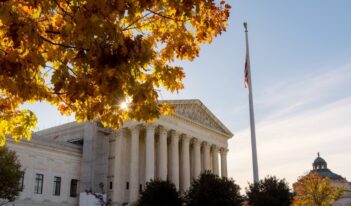
The new Administration and Congress can use several procedures to cut down on regulation.
President-elect Donald Trump’s regulatory agenda is no secret, but precisely how he can go about enacting it is less obvious.
Trump’s choices for Cabinet positions and agency heads include leaders who have voiced concerns about the work of the regulatory agencies they would oversee. Former Texas Governor Rick Perry, the President-elect’s pick for Secretary of the U.S. Department of Energy (DOE), famously pledged during his campaign for the 2012 Republican presidential nomination to eliminate three major agencies, one of which was DOE. President-elect Trump’s choice for U.S. Environmental Protection Agency (EPA) Administrator, Oklahoma Attorney General Scott Pruitt, has reportedly been a major opponent of the Obama Administration’s regulations and is currently suing EPA over the Clean Power Plan.
According to his campaign website, President-elect Trump’s regulatory goals include eliminating the country’s “most intrusive regulations.” The site specifically mentions the EPA’s Clean Power Plan and states that the Administration intends to reform “the entire regulatory code” in an effort to keep jobs in America. Other goals include reducing the size of an “already bloated government” after conducting “a thorough agency review” and creating a rule that would require the elimination of two regulations every time a new one is issued. The President-elect has even gone as far as asserting seventy percent of regulations can be cut.
So, how do President-elect Trump and the new Congress go about eliminating regulations?
The answer to that question may depend upon the precise form of each targeted regulation. Three of the tools that will be available for eliminating regulations are the Congressional Review Act (CRA), the rulemaking procedures in the Administrative Procedure Act (APA), and legislative repeal.
The CRA allows Congress to invalidate certain rules by passing a Joint Resolution of disapproval. The CRA can be used to invalidate both major rules—those that are likely to have “an annual effect on the economy of $100 million or more”—and non-major rules. The procedures are largely the same for major and non-major rules, but invoking CRA procedures for a major rule can change the date the rule goes into effect. Importantly, if certain steps are followed, the expedited procedures under the CRA are not subject to filibuster in the U.S. Senate. Provided that the Joint Resolution is passed by both houses of Congress and signed by President-elect Trump within the first 60 days after the 15th business day of the new Congressional session, the rule is rescinded and the agency may not issue a similar regulation without new authorizing legislation.
The CRA could be a significant tool in the early days of the Trump Administration, but its reach will likely be limited by the law itself. The CRA imposes a tight timeline: It allows the new Congress, which convened on January 3, 2017, to review rules if they were promulgated during a set period during the last legislative session—in this case, the Congressional Research Service estimates the timeline will extend back to June 2016—and subject them to Congressional review.
Among the rules that fall within this timeline are those issued during the so-called midnight period between election day and the inauguration of the new President. The Obama Administration’s midnight regulations include a rule from EPA that establishes renewable fuel standards for 2017 and a rule from the Bureau of Land Management that aims to reduce the amount of methane that leaks from oil and natural gas production operations. These rules could impose $1.5 billion and $2.4 billion in costs, respectively, putting them well above the CRA’s $100 million threshold to be considered major rules.
Moreover, Congress’ own packed schedule might make a robust use of the CRA’s expedited procedures difficult. As former Deputy General Counsel of the Office of Management and Budget, John Cooney explains, CRA procedures will have to “compete with all other policy priorities before Congress in the first 100 days of the new Administration,” which include confirming President-elect Trump’s Cabinet appointees and passing an appropriations bill.
If Congress chooses to use the CRA, it reportedly could be the first successful use of the law since 2001 and only the second successful use in total.
For those rules that fall outside the scope of the CRA, a different approach is required. If the Trump Administration seeks to eliminate individual rules in this category, it can employ the APA’s rulemaking procedures. This approach would require agencies to go through the same procedures they used to promulgate the rule in the first place—providing notice to the public, publication of a proposed rule, and a public comment period, followed by a review based on those comments.
Among the many rules that could be eliminated or scaled back using the APA are the Clean Power Plan and the U.S. Department of Labor’s Fiduciary Rule. However, as Professor Stuart Shapiro, the director of the Public Policy Program at Rutgers University, explains, this would not be a particularly efficient approach, with “considerable time and expertise” being required to eliminate each rule targeted under this approach.
The Trump Administration and the new Congress could also try to eliminate several regulations at once by legislatively repealing the laws that require them. For example, this approach could be used if President-elect Trump and Congress decide to follow through on plans to repeal the Affordable Care Act. Another possible target for legislative repeal is the Dodd-Frank Wall Street Reform and Consumer Protection Act and its subsidiary rules, such as the Volcker Rule.
However, the legislative approach faces a potential roadblock. Although the Republican Party holds 52 seats in the new Senate, Senate Democrats could filibuster attempts at legislative repeal, thereby forcing Republicans to get the support of 60 Senators. Senate Republicans will have a chance to create a filibuster-proof majority in 2018, when ten Democratic Senators from states won by President-elect Trump are up for reelection.
Aside from these three major tools for reducing regulations, the Trump Administration will also have the option to work outside the bounds of these procedures by, for example, dropping the defense of rules like the Overtime Rule and the Clean Power Plan that are currently being challenged in court, or by simply scaling back enforcement of disfavored rules—something President-elect Trump can accomplish unilaterally, without any support from Congress.



